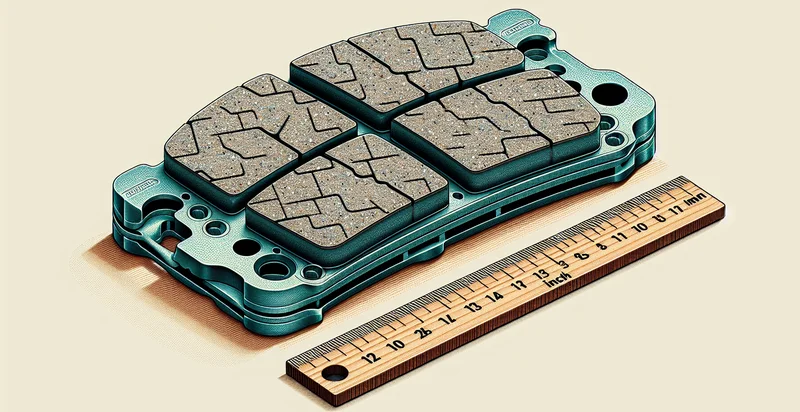Identify brake caliper sizes
using AI
Below is a free classifier to identify brake caliper sizes. Just upload your image, and our AI will predict what brake caliper size is appropriate - in just seconds.

Contact us for API access
Or, use Nyckel to build highly-accurate custom classifiers in just minutes. No PhD required.
Get started
import nyckel
credentials = nyckel.Credentials("YOUR_CLIENT_ID", "YOUR_CLIENT_SECRET")
nyckel.invoke("brake-caliper-sizes", "your_image_url", credentials)
fetch('https://www.nyckel.com/v1/functions/brake-caliper-sizes/invoke', {
method: 'POST',
headers: {
'Authorization': 'Bearer ' + 'YOUR_BEARER_TOKEN',
'Content-Type': 'application/json',
},
body: JSON.stringify(
{"data": "your_image_url"}
)
})
.then(response => response.json())
.then(data => console.log(data));
curl -X POST \
-H "Content-Type: application/json" \
-H "Authorization: Bearer YOUR_BEARER_TOKEN" \
-d '{"data": "your_image_url"}' \
https://www.nyckel.com/v1/functions/brake-caliper-sizes/invoke
How this classifier works
To start, upload your image. Our AI tool will then predict what brake caliper size is appropriate.
This pretrained image model uses a Nyckel-created dataset and has 20 labels, including Aftermarket, Compact, Custom Fit, Extra Large, Extra Small, Factory Oem, Full Size, Heavy Duty, Large and Lightweight.
We'll also show a confidence score (the higher the number, the more confident the AI model is around what brake caliper size is appropriate).
Whether you're just curious or building brake caliper sizes detection into your application, we hope our classifier proves helpful.
Related Classifiers
Need to identify brake caliper sizes at scale?
Get API or Zapier access to this classifier for free. It's perfect for:
- Quality Control in Manufacturing: This use case involves the inspection of brake caliper sizes during the manufacturing process. By integrating a false image classification function, manufacturers can automatically identify and classify defective calipers, ensuring that only products meeting size specifications reach the assembly line.
- Inventory Management for Auto Parts Suppliers: Auto parts suppliers can use the identifier to streamline their inventory processes. By classifying brake caliper sizes accurately, suppliers can optimize storage space and reduce mismatched part issues, improving order fulfillment efficiency.
- E-Commerce Retailer Product Verification: E-commerce platforms can employ the classification function to verify brake caliper sizes against product listings. This ensures that customers receive the correct parts, reducing return rates and enhancing customer satisfaction.
- Vehicle Maintenance and Repair Shops: Repair shops can utilize the identifier during the assessment of brake systems in vehicles. By quickly classifying caliper sizes, technicians can ensure proper replacements are ordered and reduce wait times for customers.
- Automotive Research and Development: Automotive designers and engineers can leverage this functionality during the research and development of new braking systems. By analyzing the performance of various caliper sizes in simulated environments, they can develop more effective braking technologies.
- Vehicle Safety Compliance Audits: Regulatory authorities can use the classification function during audits to ensure that vehicles meet safety standards for brake components. By accurately identifying caliper sizes, auditors can verify compliance and improve overall vehicle safety.
- Machine Learning Model Training: Automotive companies can apply the false image classification function to curate datasets for machine learning model training. By focusing on accurate identification of brake caliper sizes, companies can enhance predictive maintenance algorithms and parts recommendation systems.


